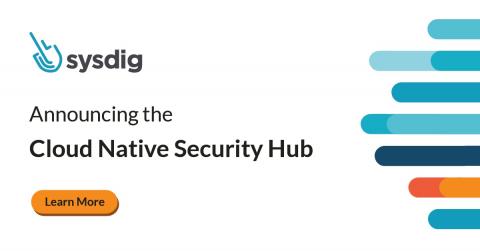Announcing our Series A
Today, we are proud to announce that we have closed a $25MM Series A funding round led by Kleiner Perkins. In just a couple of years, our customer base has exploded from a handful of early adopters to an impressive portfolio of some of the world’s largest and most innovative companies, including NASDAQ, Splunk, TicketMaster, Mulesoft and Samsung.








